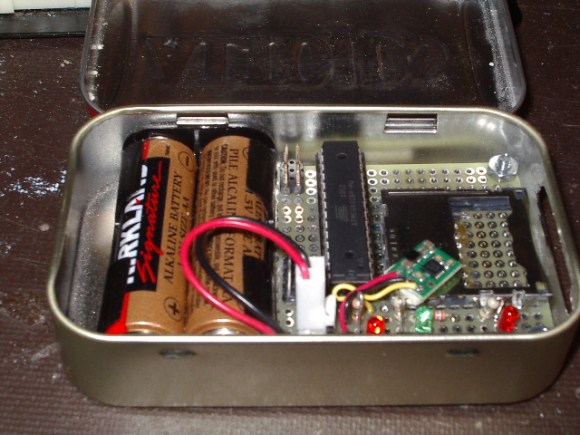If your next project does anything with cameras or machine vision, you’ll probably be looking at something like a USB webcam attached to an ARM board or a netbook. Sometimes, though, that setup blows will blow your budget – power or otherwise – out of the water. For small projects, you’re limited to small, serial-accessible cameras, and in that domain you really don’t have a lot of choices.
[Ibrahim] realized the cheapest serial cameras are about $35, and with basic image processing that cost skyrockets up to about $100. He set out to build his own alternative, and ended up with an awesome serial camera module that should only cost about $15 in quantity.
The module is built around an STM32F4 microcontroller running at 168 MHz. This micro has a DCMI port to which a OV9650 camera is attached. The resolution ends up being 1280×1024, far better than other serial cameras.
Already [Ibrahim] has the hardware working and a few demo apps. He has a real time color tracking demo (video below) up and running and a machine vision repo for his tiny camera. Now if we could only get a few of these boards on Tindie.

















